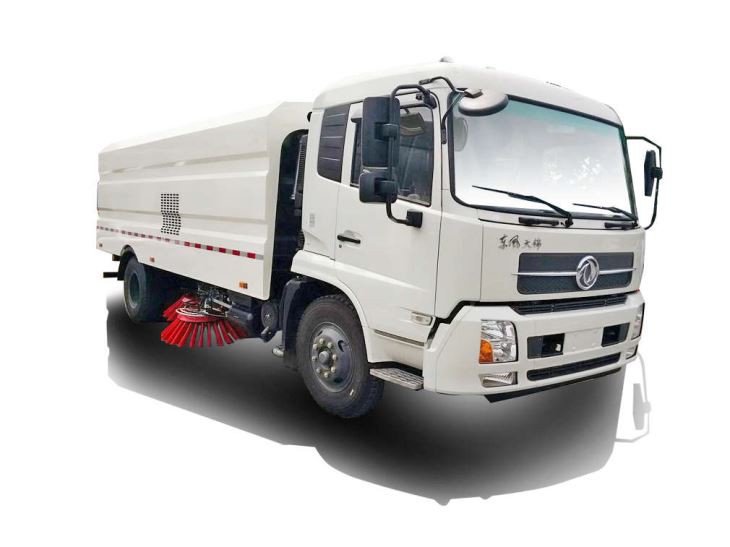When dealing with significant quantities of liquids, converting between different units of measurement is essential. For those working in industries like agriculture, laboratory science, or even in everyday life, knowing how to convert 15000 liters to gallons can streamline your tasks. In this article, we’ll explore the conversion process, provide practical examples, and elaborate on why understanding this conversion is beneficial.
Understanding the Basics of Liters and Gallons
What is a Liter?
A liter is a metric unit of volume equal to 1,000 cubic centimeters and is commonly used to measure liquids. It’s widely used in countries that follow the metric system.
What is a Gallon?
A gallon is a unit of measurement used primarily in the United States and the United Kingdom. There are two types of gallons: the US gallon, which is approximately 3.785 liters, and the imperial gallon, which is about 4.546 liters.
Converting 15000 Liters to Gallons
The Conversion Factors
To convert liters to gallons, you need to know the conversion factor. For US gallons, the conversion is:
1 Liter = 0.264172 US Gallons
For Imperial gallons, the conversion is:
1 Liter = 0.219969 Imperial Gallons
Calculating 15000 Liters to US Gallons
Using the conversion factor for US gallons:
| Measurement | Value |
|---|---|
| 15000 Liters | 3962.81 US Gallons |
This means that 15000 liters is approximately 3962.81 US gallons.
Calculating 15000 Liters to Imperial Gallons
Using the conversion factor for Imperial gallons:
| Measurement | Value |
|---|---|
| 15000 Liters | 3298.75 Imperial Gallons |
Thus, 15000 liters is approximately 3298.75 Imperial gallons.
Why Conversion Matters
Applications in Everyday Life
Understanding how to convert between liters and gallons can be handy in various situations:
- Cooking or Baking: Recipes may require different volume measurements.
- Travel: Knowing local measurements while abroad can help in determining fuel quantities or beverages.
Industrial Applications
In industries such as agriculture, manufacturing, and logistics, precise conversions are crucial for:
- Inventory management
- Compliance with regulations on liquid storage
Practical Examples of Volume Conversion
Example 1: Water Usage
Suppose a household uses 15000 liters of water per month. Converting this to gallons helps in understanding the water bill:
- Monthly Usage = 15000 Liters = 3962.81 US Gallons
Example 2: Fuel Efficiency
A vehicle’s fuel tank has a capacity of 15000 liters. You might need to convert this volume to gallons when planning long-distance travel:
- Fuel Tank Capacity = 15000 Liters = 3962.81 US Gallons
Tips for Accurate Conversion
Using Conversion Tools
Online calculators can make it easier to get accurate conversions. Websites and apps dedicated to measurement conversions simplify the process, especially for larger numbers.
Understanding Measurement Context
Always check the context of your measurement. In some cases, different industries might have their specific definitions for what constitutes a gallon. Understanding this can eliminate confusion.
Common Mistakes in Liquid Conversion
Ignoring Unit Variability
One common mistake is not accounting for the difference between US and Imperial gallons. Always specify which gallon measurement you’re using.
Calculation Errors
Even a simple math error can lead to significant discrepancies. Double-check your calculations to ensure accuracy.
Frequently Asked Questions (FAQs)
1. How do I convert liters to gallons without a calculator?
You can use the conversion ratio; for US gallons, multiply the number of liters by 0.264172, and for Imperial gallons, multiply by 0.219969.
2. Is there a difference between US and UK gallons?
Yes, a US gallon is about 3.785 liters, while an Imperial gallon is approximately 4.546 liters. This means that their conversion will yield different results.
3. How many liters are in a gallon?
A US gallon contains about 3.785 liters, whereas an Imperial gallon contains about 4.546 liters.
4. Why is it important to know how to convert liters to gallons?
Conversions are crucial for cooking, fuel efficiency, and industrial applications. Understanding these measurements can save time and ensure accuracy in various tasks.
5. What tools can help with volume conversion?
There are many online calculators and mobile apps specifically designed for unit conversions to make the process easier and more accurate.
Conclusion
Converting 15000 liters to gallons is more than just a simple mathematical exercise. It’s a fundamental skill that can enhance practical daily activities and professional requirements alike. With a solid grasp of these conversions, you can ensure you never run out of the right quantities of liquid, whether for cooking, transportation, or any other purpose requiring precise measurement.





